After traveling across the United States and a portion of Canada for about a year and a half now, it feels like I’ve seen most of what there is to see.
When I go to a new city, I like to go to something that the city is known for (like the Indianapolis Motor Speedway in Indianapolis, or the Kentucky Derby Museum in Louisville), but some areas don’t really have anything that iconic. Yes, most places will have some sort of regional history museum, but it’s not necessarily going to be something with nationwide prestige.
Alternatively, I try to look for specialty museums—museums that might not be tied to a specific place, but are so unique and one-of-a-kind that I likely won’t see a variant of it again anywhere else.
While visiting Salt Lake City, Utah, I found a great example of something exactly like that: the Land Cruiser Heritage Museum, a museum dedicated to Toyota Land Cruisers and other related Toyota vehicles.
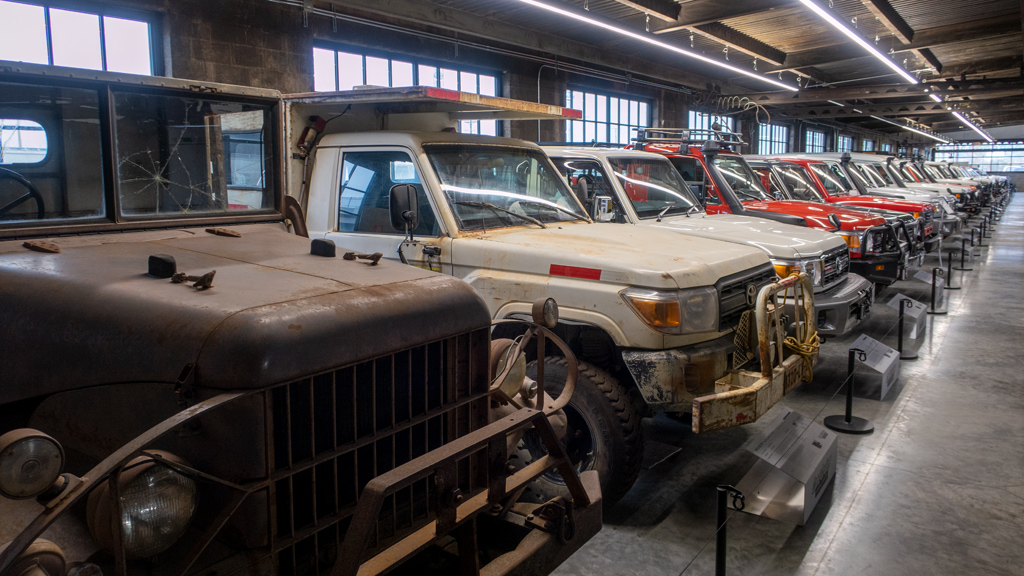
This museum had multiple rows of Land Cruiser trucks and SUVs ranging from models from 1953 all the way to 2021. Beside each vehicle was a very thorough description that provided specifications, gave a summary of the general model, and shared a history of that particular vehicle (i.e., what it did during its lifetime and how it ended up at the museum).
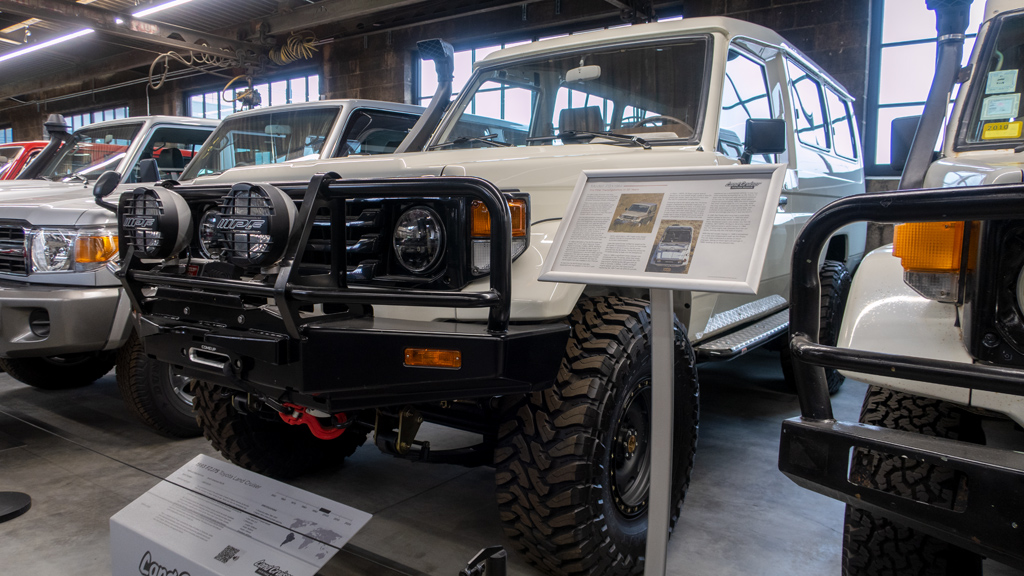
Many of the Land Cruisers had modifications for functionality. One of my favorite things about pickup trucks and body-on-frame SUVs is their easy modability and how owners can change specific parts to their liking to serve their own unique and personalized purpose. It’s fun looking at various upgrades and making the connection of how it was relevant to the vehicle’s story.
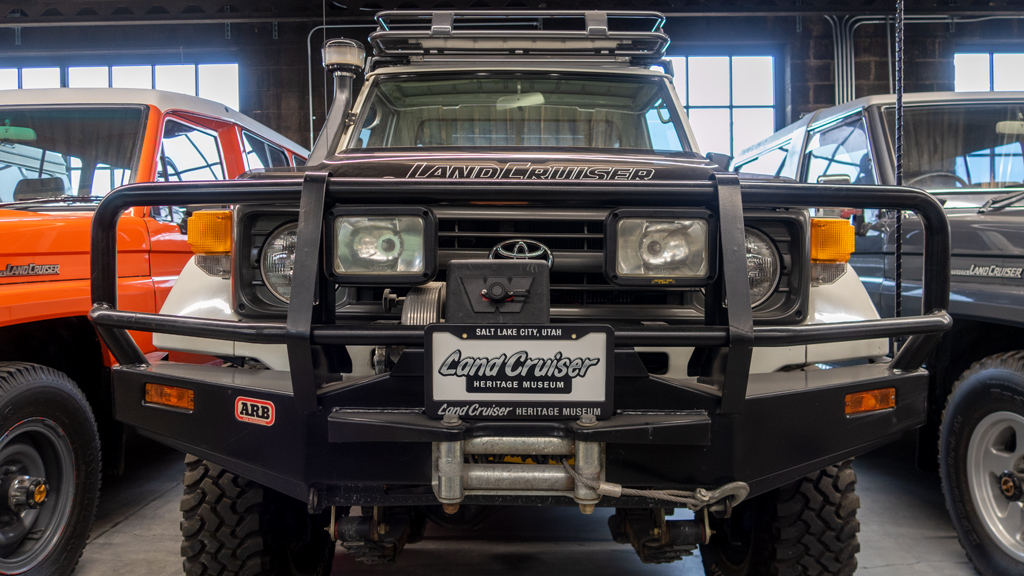
These dark baby blue and white Land Cruisers were FJ models. If I remember correctly, the one on the right was used as a tow truck.
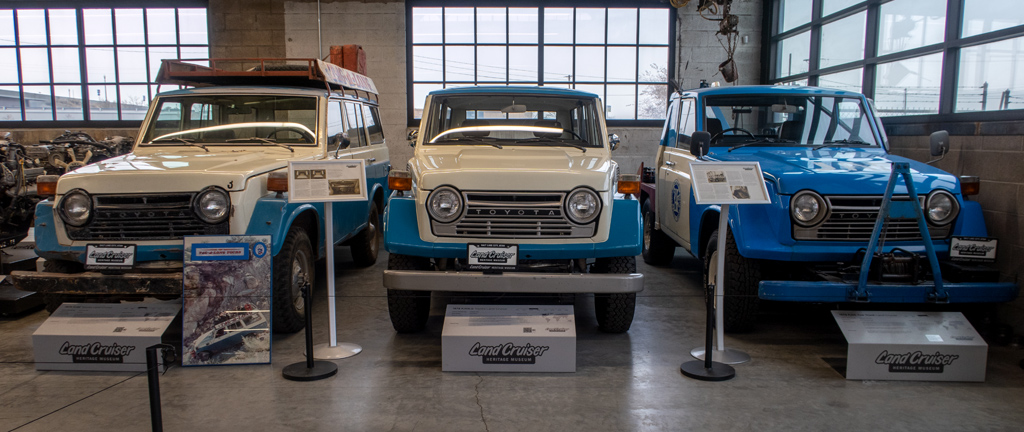
As I looped around one row of Land Cruisers, I turned around the bend and looked down two more parallel rows of even more Land Cruisers.
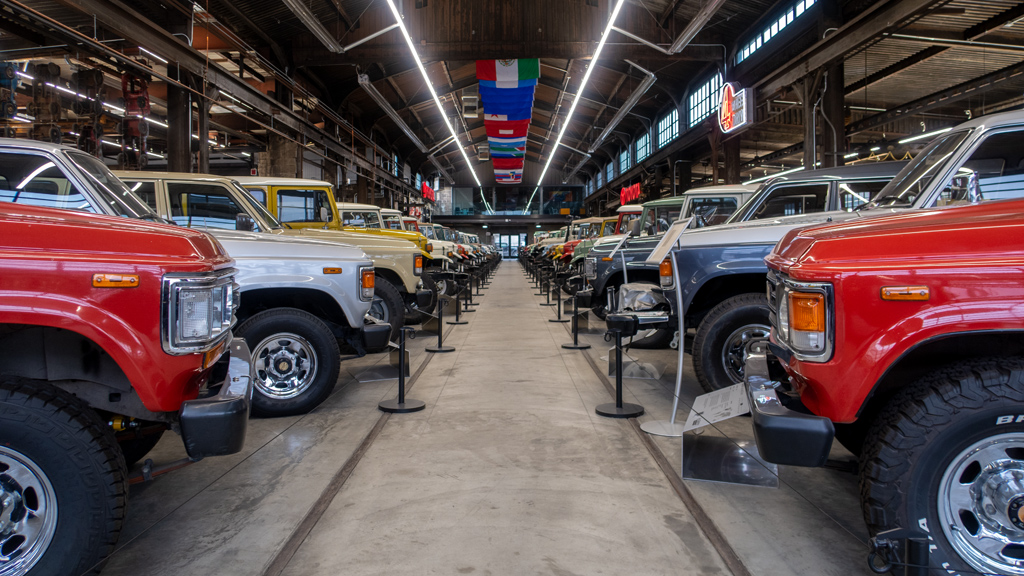
Apparently this monster truck version of a Land Cruiser was for sale.
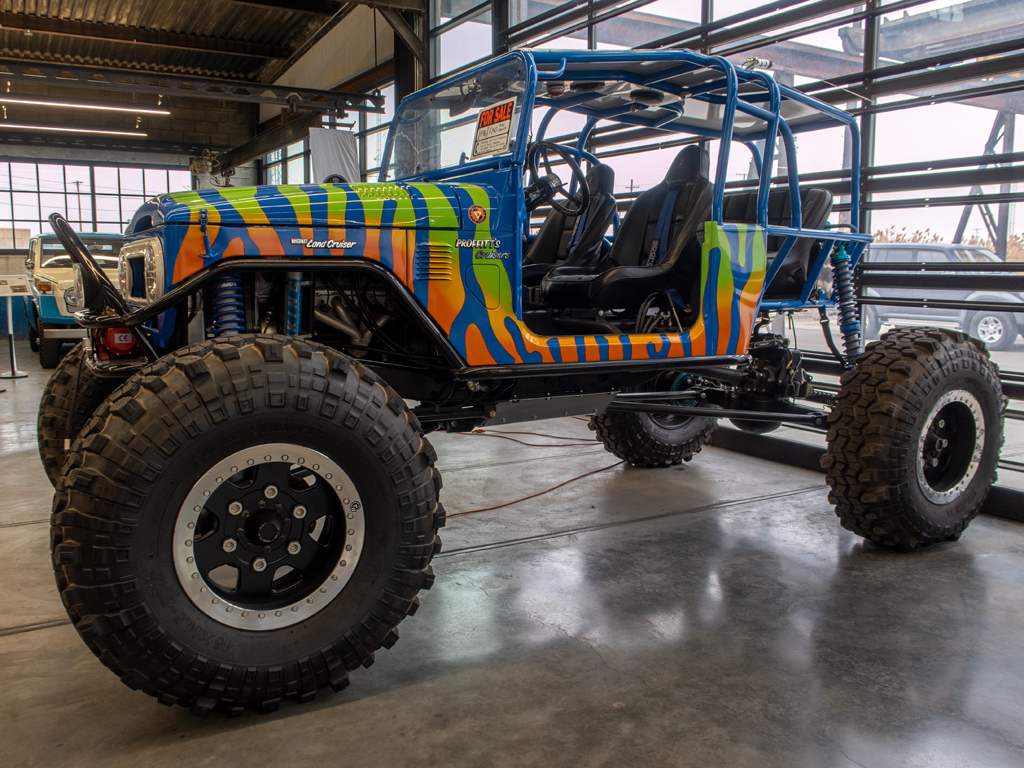
Here are some more FJ models, these from the “Adventure” section. The one thing I remember from this section was that, I’m not sure why, but one of these vehicles had never been used and was straight out of the factory. This meant that a dealership didn’t even have the opportunity yet to remove any of the protective plastic and prepare it for sale. You see the protective plastic film on electronics all the time, but it was very unexpected to see it on the outside of a motor vehicle.
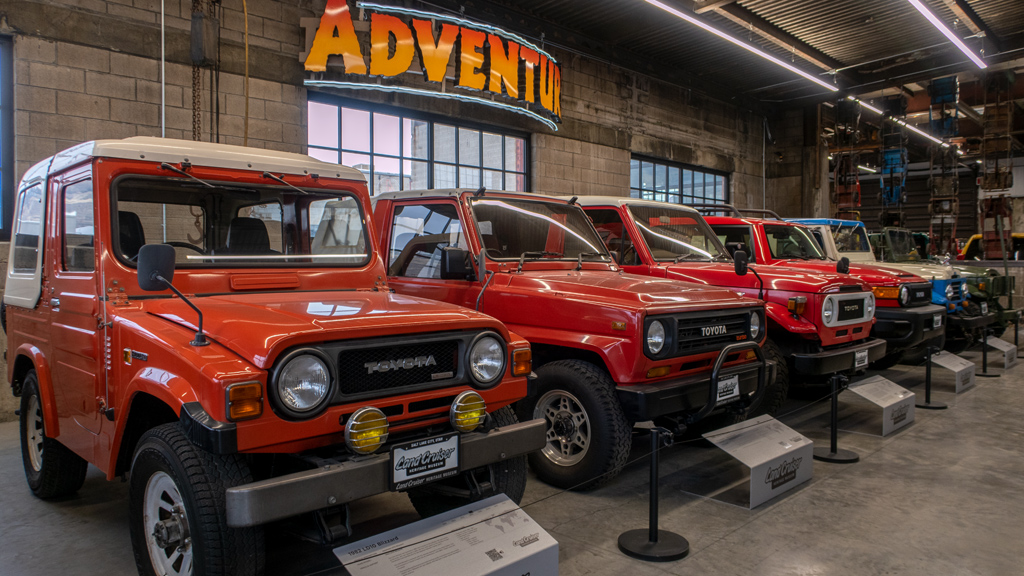
Of course, a Land Cruiser collection wouldn’t be complete without the latest 2021 model. For those who don’t keep up with trucks and SUVs, Toyota decided to discontinue the Land Cruiser, so this will be the last model made. I’m curious how this museum is going to react to that—whether they will start bringing in some Sequoias instead, or just focus purely on historical models.
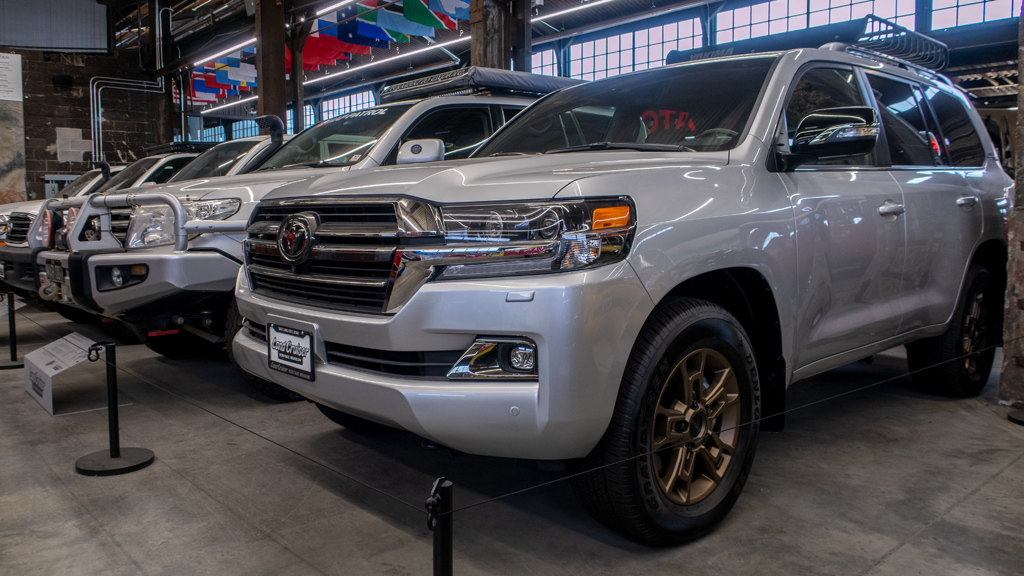
This is a Mega Cruiser from the 1990s designed to be a military vehicle. It is extremely boxy, so it looks unmanageably gigantic. Funny enough, though, I checked the specifications on the info placard and discovered from the dimensions that the width of this Mega Cruiser is actually narrower than the Ram TRX and Ford F-150 Raptor.
This reminded me of when Tesla first unveiled the Cybertruck and people thought it was massive… without realizing that the published dimensions made it nearly identical in size to a traditional full-size pickup truck like a Ford F-150 or Chevrolet Silverardo. This goes to show how much body lines and other aesthetic factors have a play in a vehicle’s perceived size.
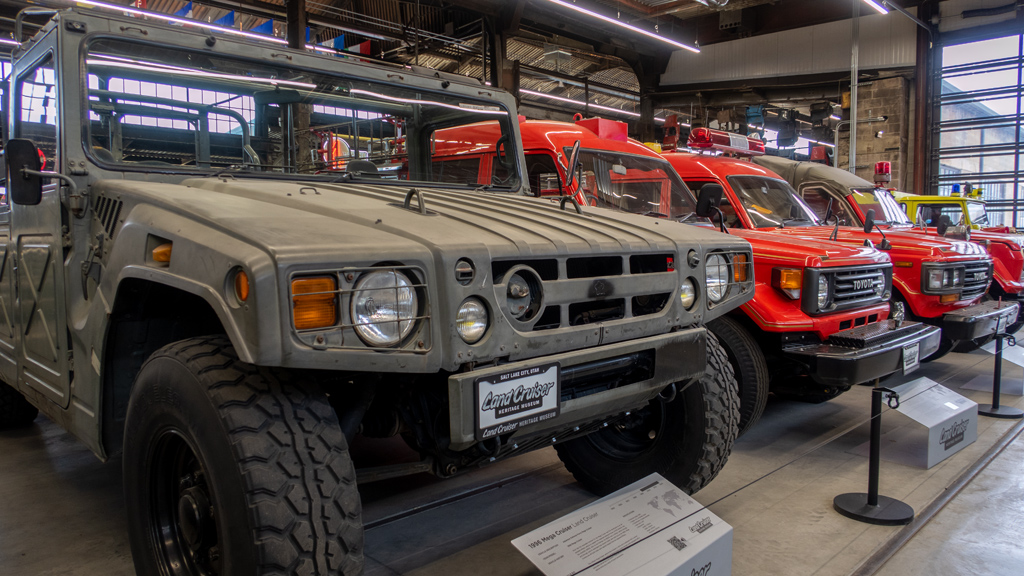
This is clearly a Toyota Hilux and not a Land Cruiser, but the reason it was included in this museum, and the reason I included it in my blog post, is due to its incredible story. This Hilux was part of the “Arctic Trucks” collection and served on some of the harshest expeditions across Antarctica and Greenland.
There was a lot of information posted about these expedition vehicles, and reading through all of them made me gain a lot of respect for the people who decide to conquer the most remote areas of the planet in a small group, and along the way, demonstrating great self-reliance by overcoming catastrophic levels of vehicular damage inflicted by unexpected obstacles.
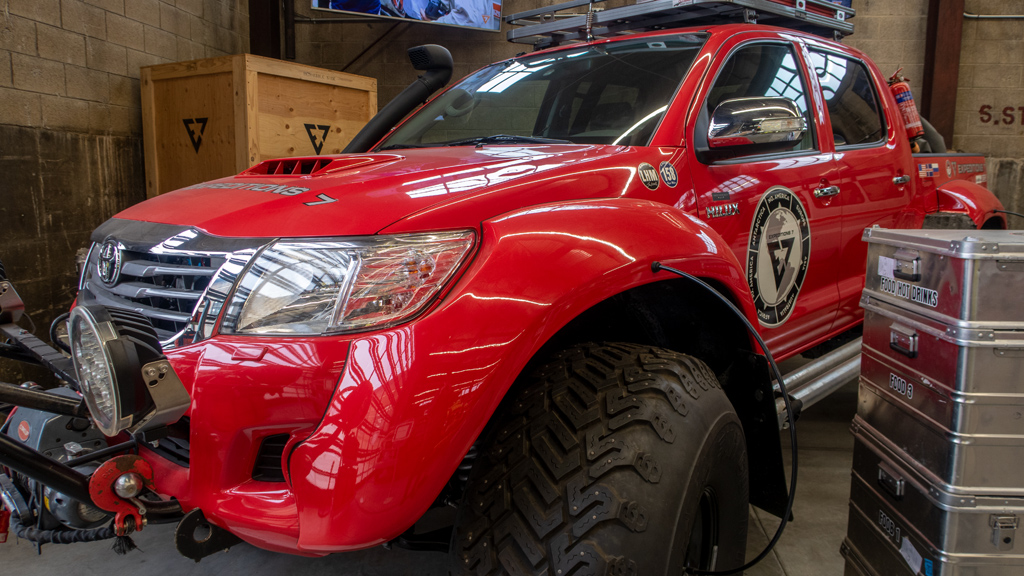
I took a picture of this vehicle because I found it funny that it arrived at the museum with all its Middle Eastern dirt and dust intact. You can see where people had touched it, which I imagine is what prompted the museum to further place an additional sign reminding people not to touch it.
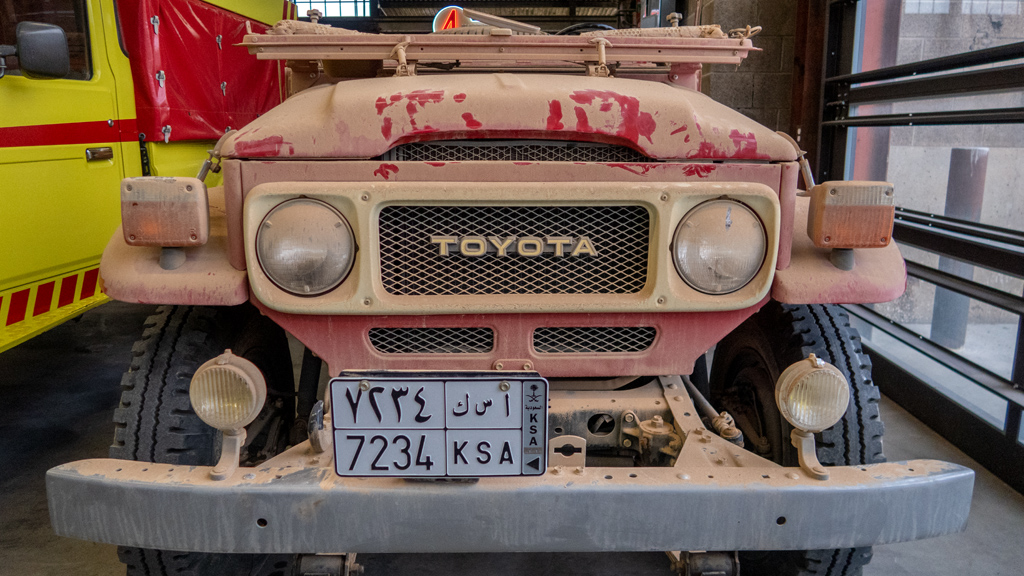
This charred FJ Land Cruiser had my favorite story behind it, albeit a sad one. Owned by a former Butte County sheriff, this Land Cruiser was engulfed in flames during the 2018 Camp Fire in Paradise, California—a fire that I specifically remember hearing and reading about as it was happening four years ago. It is the most destructive Californian wildfire to date, and it took about three weeks for the fire to be fully contained.
This Land Cruiser sits in the museum to remind us of the fragility of life, the speed at which things can be abruptly taken from us, and the importance of cherishing and appreciating the people and belongings we love.
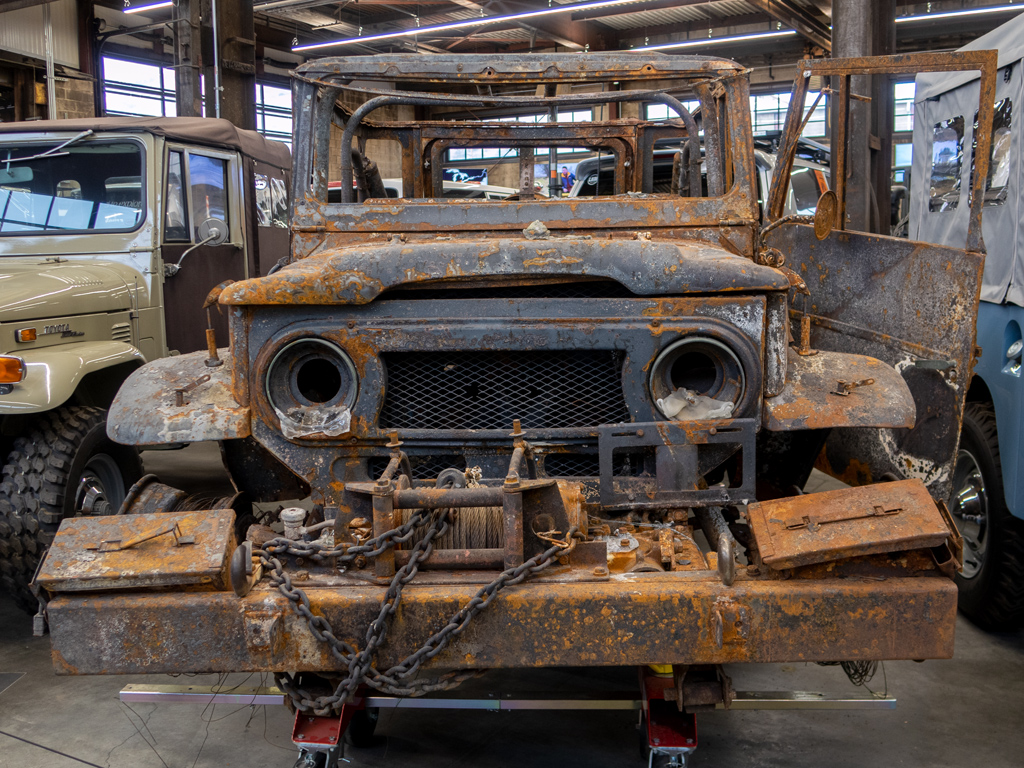
It was difficult to get any interior shots because of how the museum was organized and how cramped the vehicles were placed alongside each other (which was sort of a necessity due to the vast quantity of vehicles on display and the limited space in the building), but I was able to peek into some of the Land Cruisers that were on the corner edges by the aisles.
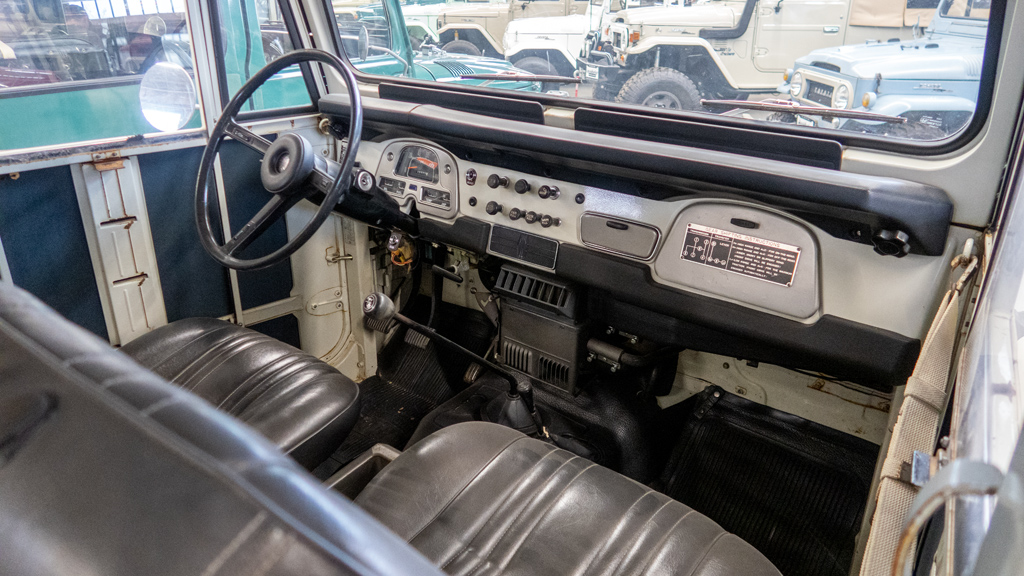
Of course, being a pickup truck fan, I had to post at least one photo of a pickup truck—this is a Bandeirante concept prototype that ultimately became the FJ Cruiser.
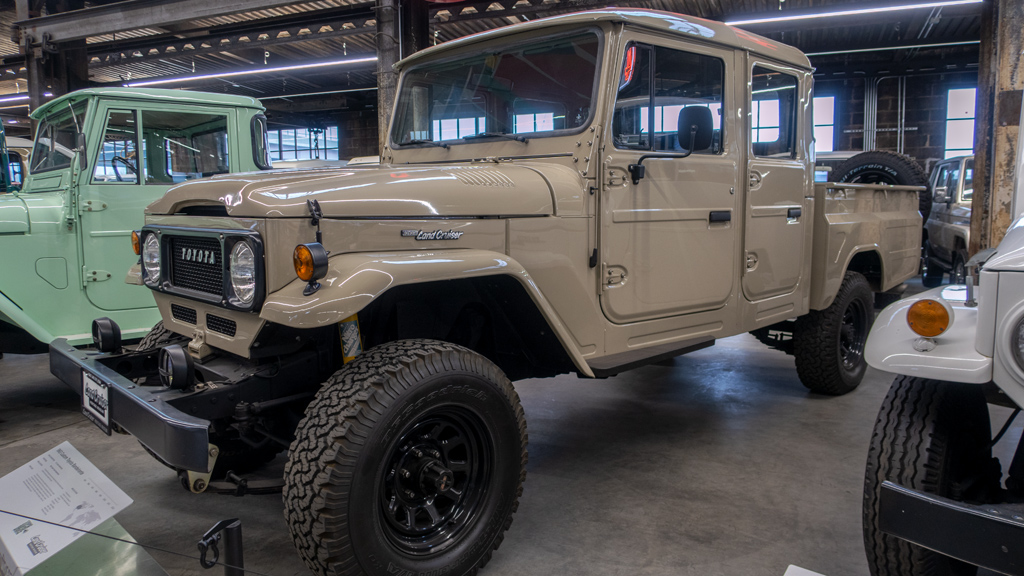
On the theme of the off-road potential of Land Cruisers, the museum had a very intricate and detailed topographical map of the state of Utah on display on one of the walls. I thought it was extremely well-built, so I snapped a photo of the southwest corner of Utah near St. George, my next destination after Salt Lake City.
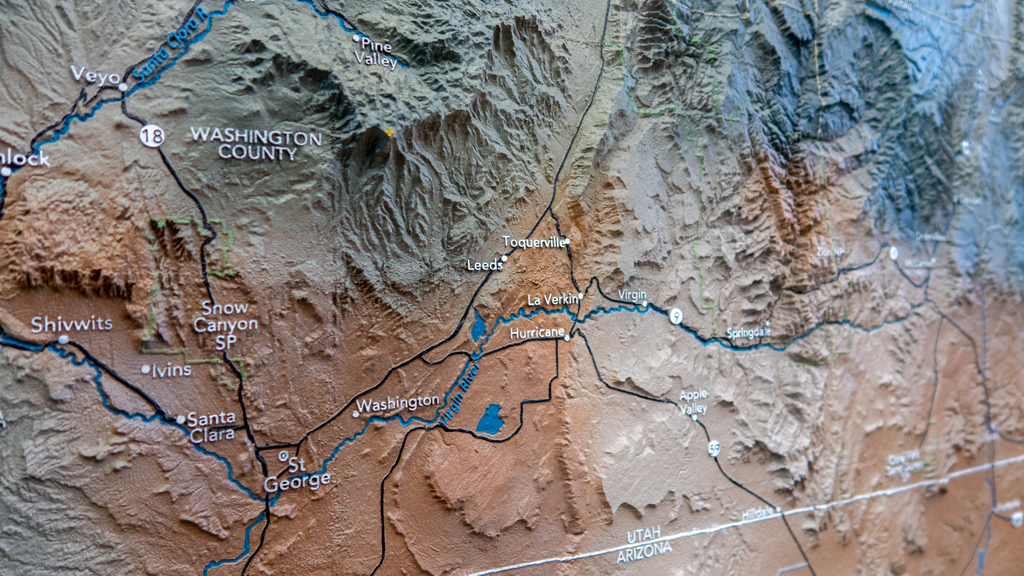
If you don’t care at all about cars, this is absolutely not the museum for you. Admission was US$18.00, and someone who is not actually interested in Land Cruisers will probably stroll through in 20 minutes or less, and it won’t be worth the price to get in.
However, if you are a fan of trucks, SUVs, and/or off-roading, this museum is probably going to be a dream come true for you. I personally spent a few hours slowly going through every vehicle, reading almost every single vehicle’s story, and revisiting some aisles twice. There were also some videos playing in the adventure section, and I stuck around watching decent portions of them to see the brutal expeditions that the trucks sitting directly in front of me had been on.
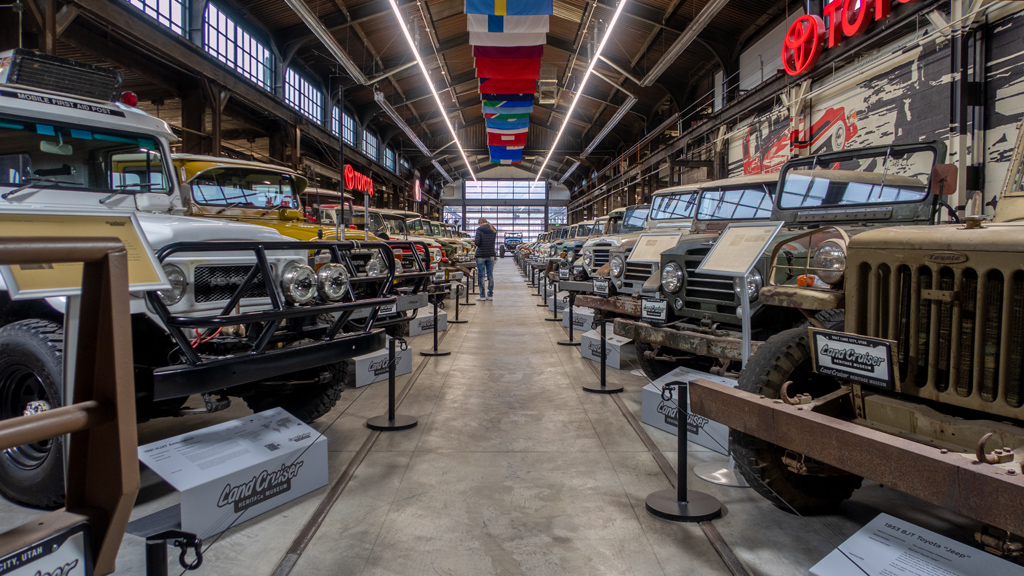
And there above is the final shot I took down the center of the museum from the entrance/exit.
I’m not really sure where this museum gets the funding to be able to afford all these Land Cruisers and cover the upkeep and maintenance for the facility, but I sure hope they can keep it going, because this was definitely a one-of-a-kind experience.